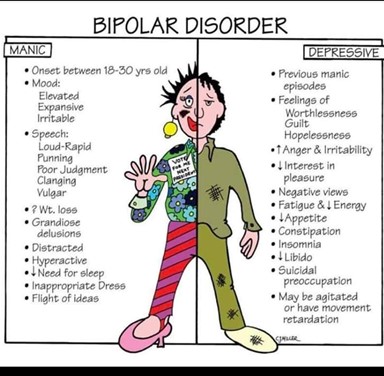A nurse in a drug and alcohol detoxification center is planning care for a client who has alcohol use disorder. Which of the following interventions Could the nurse identify as the priority?
Helping the client identity positive personality traits
Providing for adequate hydration and rest
Educating the client about the consequences of alcohol misuse
Confronting the use of denial and other defense mechanisms
The Correct Answer is B
While addressing self-esteem and positive personality traits is important for overall psychological well-being, it is not the priority during the acute detoxification phase. Ensuring the client's physical safety and stability is the immediate concern.
B. Providing for adequate hydration and rest.
Explanation: The process of detoxification from alcohol can lead to withdrawal symptoms, some of which can be severe and even life-threatening. Adequate hydration is crucial during this period to prevent dehydration and electrolyte imbalances that can occur due to excessive vomiting, diarrhea, or sweating associated with withdrawal. Rest is also important to help the client's body recover from the physical stress of withdrawal.
C. Educating the client about the consequences of alcohol misuse.
Education about the consequences of alcohol misuse is important for the client's understanding and motivation for recovery, but this intervention can come after addressing the immediate physical needs of detoxification.
D. Confronting the use of denial and other defense mechanisms.
Addressing denial and defense mechanisms is a critical aspect of therapy for clients with alcohol use disorder, but it might not be the first priority during the detoxification phase. Ensuring the client's physical safety and managing withdrawal symptoms take precedence initially.
Nursing Test Bank
Naxlex Comprehensive Predictor Exams
Related Questions
Correct Answer is A
Explanation
A. Plan the client's schedule to allow time for rituals.
Explanation:
For individuals with obsessive-compulsive disorder (OCD), engaging in rituals or repetitive behaviors can be a way to manage anxiety. Allowing time for these rituals within the client's schedule, while gently working towards reducing their impact, is a part of a gradual therapeutic approach known as Exposure and Response Prevention (ERP). ERP aims to help the client gradually face their anxiety triggers while refraining from engaging in compulsions.
Why the other choices are incorrect:
B. Confront the client about the senseless nature of the repetitive behaviors.
Confrontation can increase the client's anxiety and resistance to treatment. Instead, the nurse should approach the client with understanding and gradually work on strategies to reduce the compulsive behaviors.
C. Isolate the client for a period of time.
Isolating the client is not a therapeutic approach for managing OCD. It can lead to increased distress and negatively impact their mental health. Inclusion and support are more effective strategies.
D. Set strict limits on the behaviors so that the client can conform to the unit rules and schedules.
Setting strict limits may escalate the client's anxiety and could be counterproductive. It's important to work collaboratively with the client and apply evidence-based approaches like ERP to manage their symptoms effectively.
Correct Answer is A
Explanation
A. The client responds to questions with disorganized speech:
Disorganized speech is a hallmark of acute mania, often reflecting racing thoughts, pressured speech, and difficulty staying on topic.
B. The client reports that voices are telling him to write a novel:
Reporting that voices are telling the client to write a novel suggests auditory hallucinations, which can occur in various psychiatric conditions, not specifically indicative of acute mania.
C. The client's spouse reports that the client has recently gained weight:
Weight gain is not a typical hallmark of acute mania. In fact, during manic episodes, individuals might experience decreased appetite and sleep, leading to potential weight loss.
D. The client is dressed in all black:
Dressing in all black is not a specific sign of acute mania. While changes in clothing choices or appearance can sometimes be associated with mood changes, this finding alone is not indicative of acute mania.

Whether you are a student looking to ace your exams or a practicing nurse seeking to enhance your expertise , our nursing education contents will empower you with the confidence and competence to make a difference in the lives of patients and become a respected leader in the healthcare field.
Visit Naxlex, invest in your future and unlock endless possibilities with our unparalleled nursing education contents today
Report Wrong Answer on the Current Question
Do you disagree with the answer? If yes, what is your expected answer? Explain.
Kindly be descriptive with the issue you are facing.
